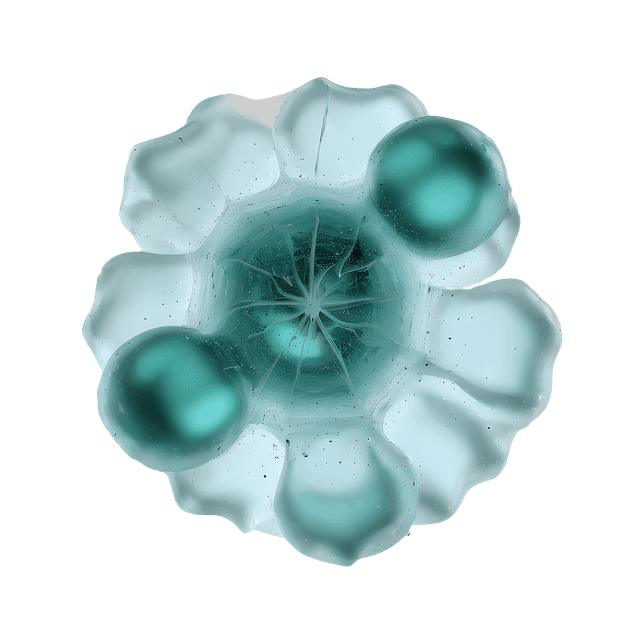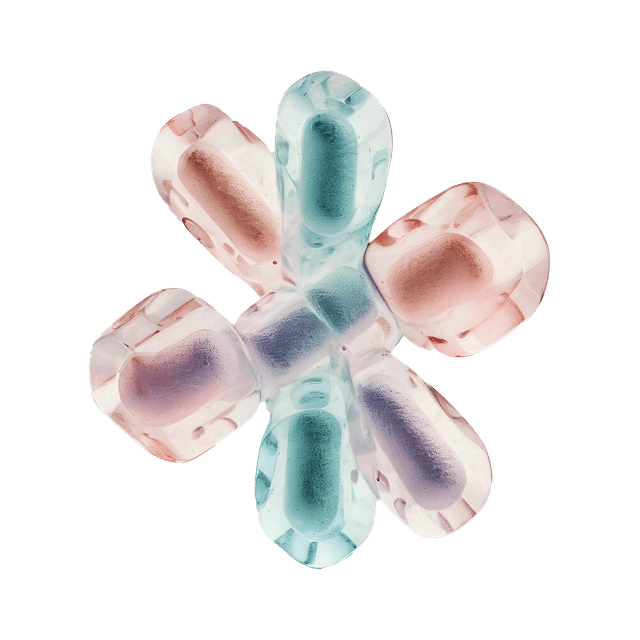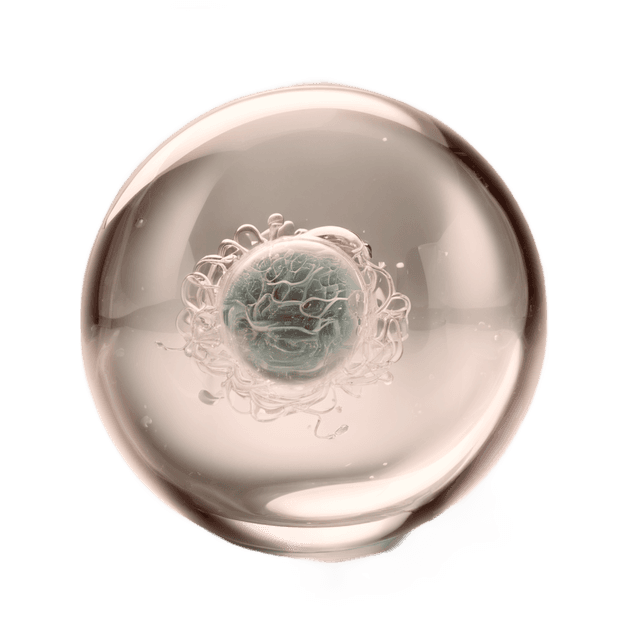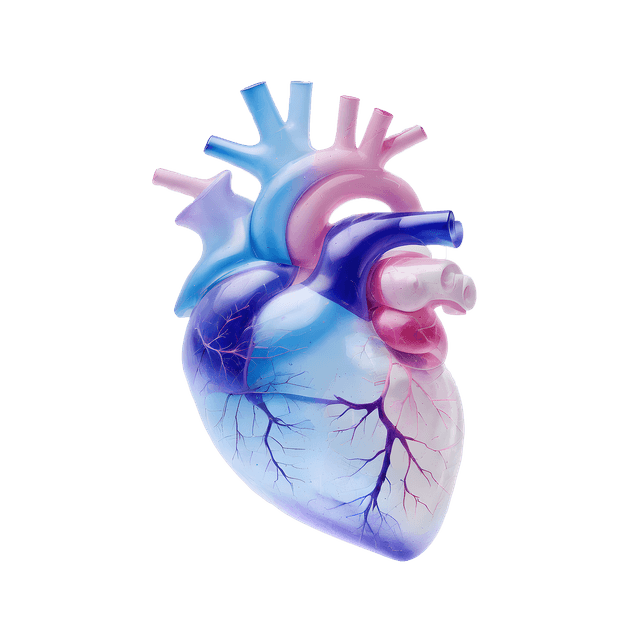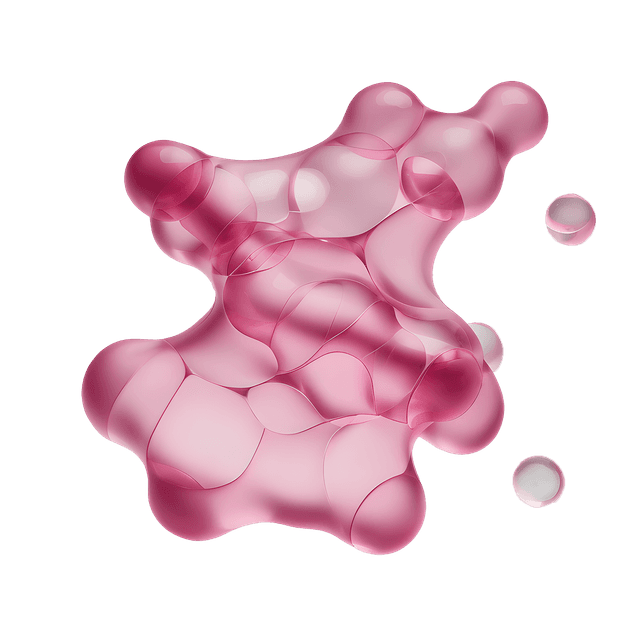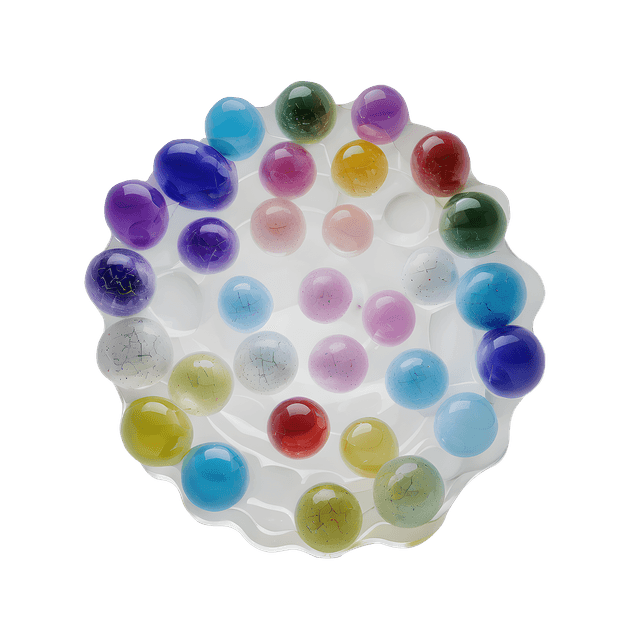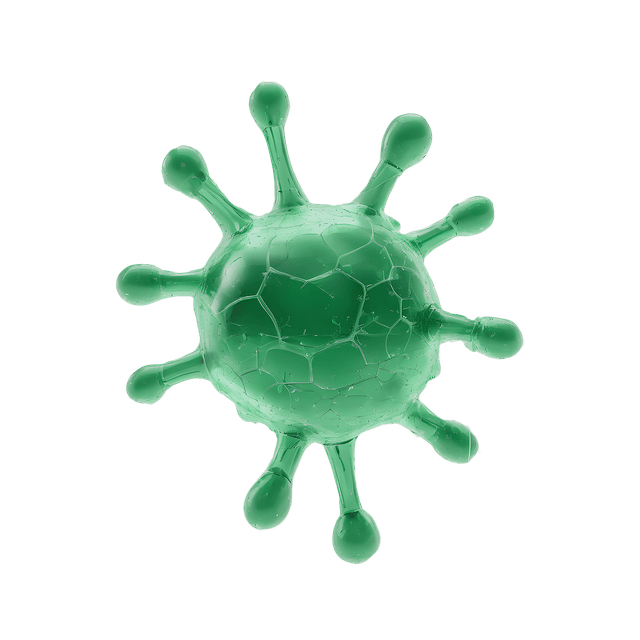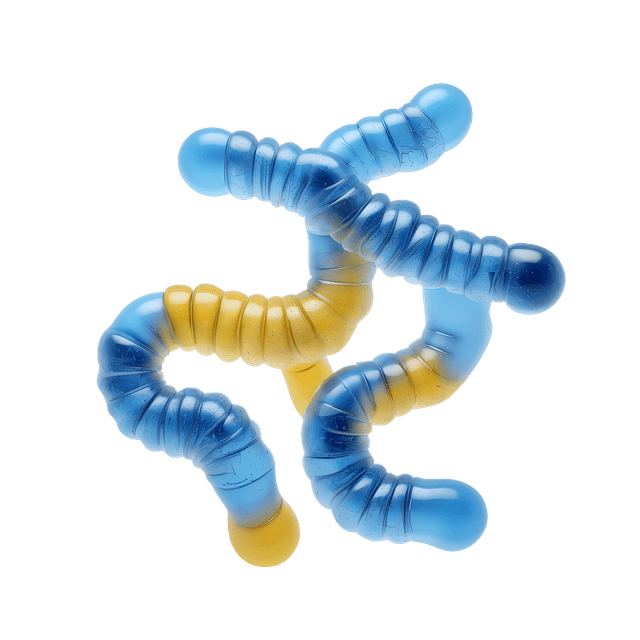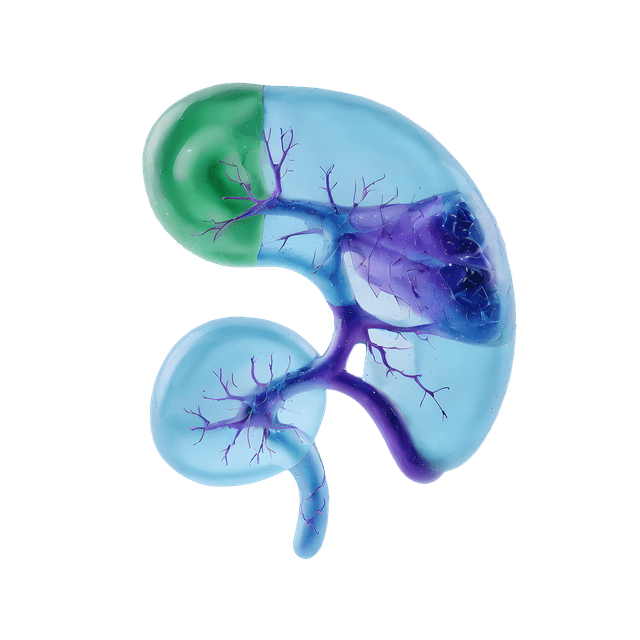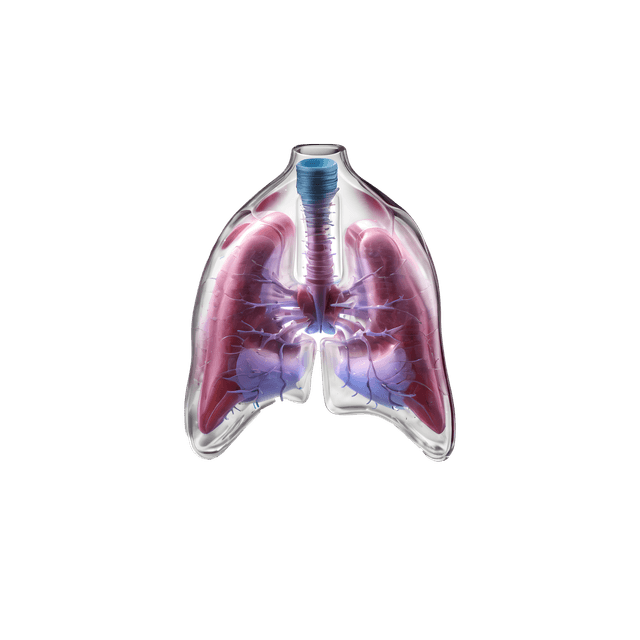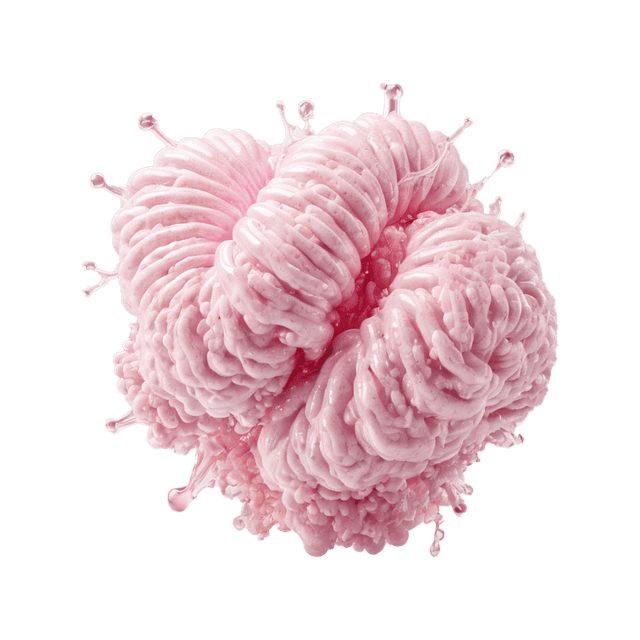What is type 2 diabetes?
Diabetes type 2 is a chronic disease that affects the body's ability to produce and use insulin. Insulin is a hormone needed to regulate blood sugar levels in the body. In type 2 diabetes, the body's cells become resistant to insulin, which leads to a rise in blood sugar.
Diabetes type 2 can affect people of all ages, but the risk increases with age. Overweight and lack of physical activity are the main risk factors for developing the disease. Some people may have a hereditary tendency to develop type 2 diabetes, but lifestyle factors usually play a bigger role.
How common is diabetes?
According to statistics from the National Board of Health and the Swedish Diabetes Association, there are around 500,000 people who have diabetes. In addition to this, there are an estimated 150,000 people in Sweden who have diabetes completely unaware of it.
Symptoms of diabetes type 2
The symptoms of diabetes type 2 can often be difficult to recognize in the early stages of the disease. Many people have the disease without knowing it because the symptoms can be vague and very non-specific. It is important to pay attention to any symptoms and seek medical help if you suspect you may have type 2 diabetes.
Here are some common symptoms of type 2 diabetes:
- Increased thirst and frequent urination: One of the first indications of type 2 diabetes is that you become more thirsty than usual and need to urinate more often. This is because the body tries to get rid of excess sugar through the urine.
- Fatigue and lack of energy: People with type 2 diabetes may feel constantly tired and have difficulty keeping energy levels up.
- Weight loss without reason: An unexplained weight loss can be a sign of type 2 diabetes. This is because the body's cells cannot use the sugar in the blood as an energy source.
- Itching and skin problems: Type 2 diabetes can affect the health of the skin and cause itching, dryness and skin infections.
- Slow wound healing: People with type 2 diabetes may have problems with wounds healing slowly. This is because high blood sugar levels can affect blood circulation and impair the wound healing process.
- Vision problems: Type 2 diabetes can affect vision and cause blurred vision or vision changes.
- Nerve problems: High blood sugar levels can damage the nerves and cause numbness, tingling or pain in the hands and feet.
It is important to remember that the symptoms of type 2 diabetes can be different for each individual. Some people may have all the symptoms while others may have no symptoms at all. If you experience any of these symptoms, it is important to seek medical help to get a proper diagnosis.
Testing for type 2 diabetes
To diagnose type 2 diabetes, various tests are used to measure blood sugar levels. Some of the two common health tests used to test for type 2 diabetes are Hba1c and P-Glucose, both tests you can order from us:
P-Glucose
Fasting blood sugar test (P-Glucose): This test measures blood sugar levels after you have fasted for at least eight hours. A blood sugar value above 7 mmol/L can indicate diabetes type 2.
HbA1c
HbA1c test (Long-term blood sugar): This test measures the average blood sugar level over the past 2-3 months. An HbA1c value above 48 mmol/mol may indicate diabetes type 2.
If your test results indicate that you have elevated blood sugar levels, a doctor may recommend additional tests to confirm the diagnosis and assess the extent of the disease. It is important to follow your doctor's recommendations and get an accurate diagnosis in order to get the right treatment.
Treatment of type 2 diabetes
Treatment for type 2 diabetes focuses on lowering blood sugar levels and controlling the disease. At the same time, it is important to learn about the disease, its treatment and how to deal with it in everyday life. Here are some common treatment methods for type 2 diabetes:
Lifestyle changes: Changing your diet and increasing physical activity can help lower blood sugar levels and improve insulin sensitivity in the body. This can include eating a balanced diet with a low glycemic index and regular exercise.
Medication: Some people with type 2 diabetes may need medication to control their blood sugar levels. There are different types of medication available, including tablets and insulin injections.
Regular follow-up: It is important to follow up with your doctor regularly to monitor your blood sugar levels and adjust your treatment if necessary. This may mean taking regular blood tests and having regular medical check-ups.
It is important to remember that the treatment of type 2 diabetes can vary from person to person. Your doctor will design a treatment plan tailored to your individual needs and lifestyle.
How to test yourself for type 2 diabetes
If you are worried that you are in the risk zone or if you suspect that you may be affected by type 2 diabetes, it is important to investigate. We recommend that you contact a doctor in order to get the right medical help in the first place. Of course, you can also order relevant health markers from us or alternatively choose a health check designed to test your blood sugar levels.
Here are some options for testing you for diabetes:
- Make an appointment with a doctor: Contact a health center and make an appointment to discuss your symptoms with a doctor who can carry out an assessment.
- Order blood sugar tests: Book our blood sugar tests to measure your blood sugar levels, HbA1c (Long-term blood sugar) and P-glucose (fasting sugar). The samples are taken through a venous blood sample in the arm, your samples are then sent for analysis to an accredited laboratory. As soon as the analysis is completed, you will receive your test results digitally in your journal.
It is important to remember that only a doctor can give an accurate diagnosis of type 2 diabetes. Self-tests or home tests can be unreliable and should not be used as the sole method of diagnosis.
Summary
Type 2 diabetes is a serious disease that affects millions of people worldwide. It is important to be able to recognize the early signs of the disease and seek medical help for a correct diagnosis and treatment. The symptoms of type 2 diabetes can be vague and non-specific, so it is important to pay attention to any changes in the body. Testing for type 2 diabetes can be done mainly through blood sugar tests and HbA1c tests. Treatment for type 2 diabetes focuses on lowering blood sugar levels and controlling the disease through lifestyle changes and medication. It is important to follow the doctor's recommendations and regularly follow up with medical check-ups to keep the disease under control.


